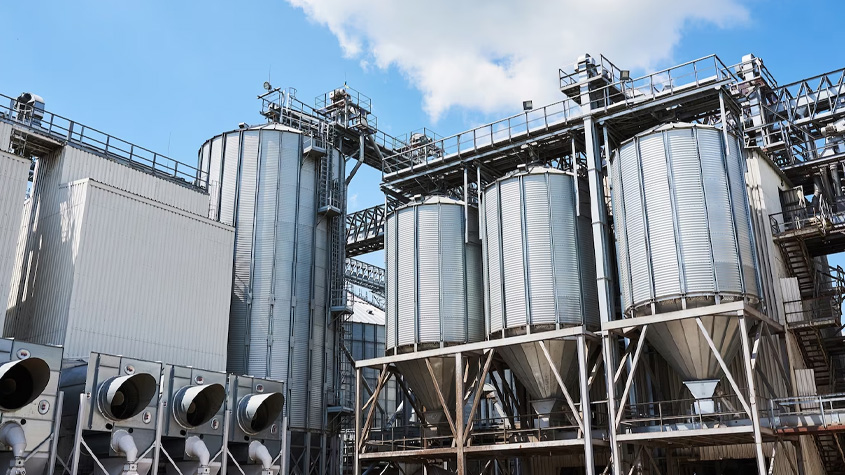
Welcome to the official blog of Peier Membrane, your most reliable MBR membrane supplier. In this article, we will discuss the challenges faced in maintaining and operating Fleet Sheet MBR systems and provide effective solutions to overcome them. As a pioneer in domestic MBR membrane technology, Peier Membrane is committed to providing high-quality products and exceptional after-sales service to meet the needs of potential customers.
- Understanding Fleet Sheet MBR Systems:
Fleet Sheet MBR systems are widely used in wastewater treatment plants due to their superior performance and efficiency. These systems consist of flat sheet membranes that separate solids from liquid wastewater, producing high-quality treated water. However, operating and maintaining these systems can present various challenges. - Challenge 1: Membrane Fouling:
One of the primary challenges in MBR systems is membrane fouling, which occurs when particles and organic matter accumulate on the membrane surface, leading to reduced permeability and system efficiency. This can result in increased energy consumption and frequent membrane cleaning.
Solution: Peier Membrane offers advanced membrane materials with superior fouling resistance. Our membranes are designed to minimize fouling, allowing for longer operation cycles and reduced maintenance requirements. Additionally, regular membrane cleaning and maintenance protocols should be implemented to prevent excessive fouling.
- Challenge 2: Chemical Cleaning:
Chemical cleaning is often required to remove stubborn fouling and restore membrane performance. However, improper use of cleaning chemicals can damage the membrane and compromise its lifespan. Moreover, the disposal of cleaning chemicals can have environmental implications.
Solution: Peier Membrane provides comprehensive guidance on proper chemical cleaning procedures, ensuring the effective removal of fouling without causing harm to the membrane. We recommend using environmentally friendly cleaning agents and following manufacturer guidelines to minimize the environmental impact.
- Challenge 3: System Monitoring and Control:
Efficient monitoring and control of MBR systems are essential for optimal performance. Without accurate data and real-time control, system efficiency may decline, resulting in subpar treated water quality and increased operational costs.
Solution: Peier Membrane offers advanced monitoring and control systems that provide real-time data on key parameters such as membrane fouling, permeability, and water quality. Our systems are equipped with automated controls and alarms to ensure timely intervention and prevent any potential issues.
Maintaining and operating Fleet Sheet MBR systems can be challenging, but with the right solutions, these challenges can be overcome. Peier Membrane, as your reliable MBR membrane supplier, offers advanced materials, comprehensive guidance, and state-of-the-art monitoring and control systems to optimize the performance of your MBR systems. Trust Peier Membrane to provide the solutions you need, and let us help you achieve efficient and sustainable wastewater treatment.
Remember, at Peier Membrane, we are dedicated to “Making Good Products, Selling Good Products, and Letting Customers Use Outstanding Products.” For more information and inquiries, please visit our official website or contact our sales team.
About Jiangsu Peier membrane
Jiangsu Peier membrane corp.,Ltd(Stock Code: 836744) was established in 2007 with a registered capital of 48 million Yuan, referred to as “Peier membrane industry”.
It is a high-tech enterprise focusing on the R&D, production, manufacturing and service of MBR flat sheet membrane products. Its Peier Product category as below:
- Flat Sheet Membrane Element
- Flat Sheet Membrane Element-Single Nozzle
- Flat Sheet Membrane Element-Double Nozzle
- Flat Sheet Membrane Element-3D Soft Support
- Flat Sheet Membrane Element-Renovated Membrane
- Flat Sheet Membrane Module
- Flat Sheet Membrane Module-Module-Single Nozzle
- Flat Sheet Membrane Module-Module-Double Nozzle
- Flat Sheet Membrane Module-2S(Double Deck)
- Flat Sheet Membrane Module-3S(High Flux)
- Flat Sheet Membrane Module-Mini Module
- MBR System
- MBR System-Laboratory Test Equipment
- MBR System-Pilot Equipment
- MBR System-Package System
Peier membrane always adheres to R&D and cooperation with well-known universities at home and abroad, such as Tsinghua University, Sydney University, Nanjing University of technology, Changzhou University and Jiangnan University.
It is the editor in chief of the national industry standard HY/T252-2018 “submerged flat membrane element for water treatment”.
At present, it has 6 invention patents, 46 new utility patents, 1 appearance patent and 4 software works.



